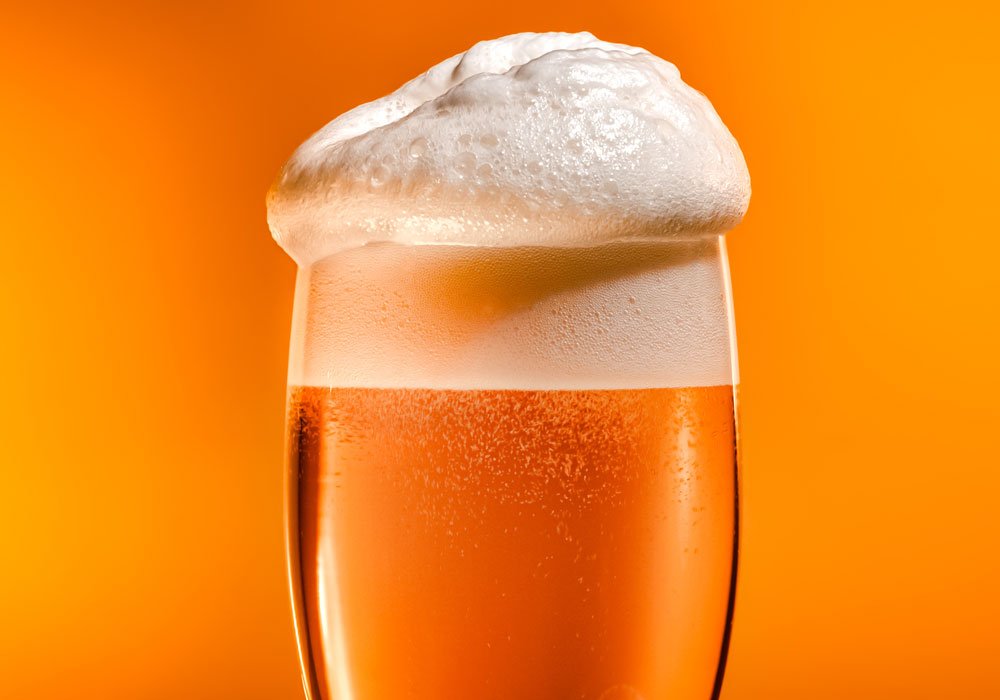Cream ale is just one example of how the craft beer industry has continued to evolve since its inception. As new breweries continue to open and existing operations expand, it’s becoming more common for brewers to experiment with their recipes in order to produce something new.
Where to start with the history of cream ale

The history of cream ale has been traced back to the latter half of the 19th century when the New England-style pale ale style was already in full swing. In fact, the earliest known references to cream ale date back to the 1880s, and many of them were brewed by the Weyerbacher Brewing Company in Pennsylvania.
The company was known for combining pale ale with other ingredients to produce unique flavors. For example, their cream ale incorporated corn into its recipe, producing a beer that was more like corn whiskey.
The term “cream ale” was likely coined around the same time, as it was a pale ale that had been made with lactose (a type of milk sugar) as an adjunct. This lactose-rich adjunct likely played a crucial role in the development of cream ale, as it was used to achieve a fuller body and crisp finish.
The evolution of cream ale
From the 1880s through the early 1900s, the cream ale style continued to grow in popularity, but it was never truly a mainstream trend. This is surprising, considering that cream ale was the first beer to incorporate lactose. As such, it was a pioneer in terms of its innovation.
In fact, there was a period in the early 20th century when cream ale was actually the most popular beer style in the United States. Cream ale enthusiasts cite this time as the golden age of the style, and they believe that the reason for its popularity was that many cream ales were being produced in the Philadelphia area.
In the years that followed, American craft brewers began experimenting with many different ingredients and brewing styles, eventually leading to the development of other popular craft beer styles. This is likely why cream ale never regained its momentum, as it was no longer the front-runner in the marketplace.
Why you can’t just drop an ale into a cream base
Many craft brewers discovered that lactose-rich cream ales were a good base for other British styles, especially mild ales and porters. This led to the creation of one-off experiments such as this session IPA.
But it wasn’t long before some brewers realized that they could use lactose to create cream ales as a base for other beer styles. In fact, this was the first commercial use of lactose as an ingredient in a beer. The resulting beer was called Cream Ale, and it was brewed by the Philadelphia Brewing Company in 1885.
The beer was a success, and it was soon being produced by other brewers in Pennsylvania, New York, and New Jersey. However, there was one significant factor that made cream ale a less-than-ideal choice as a base for a new beer style.
During fermentation, cream ale is higher in carbon dioxide than most other beer styles because of the lactose. As a result, the base beer is too acidic and likely to sour if the fermentation process is not carefully controlled.
Add some oats!
Craft brewers are always looking to create new beers by combining existing ingredients in new ways. For example, the use of oats in a cream ale might seem like a strange choice at first glance. After all, cream ales are fermented with lactose, which produces a mild sweetness in the final beer.

So why would a brewery use oatmeal in a cream ale recipe? The answer lies in the fact that oatmeal provides a creamy head when it’s added to beer. This is likely due to the fact that oatmeal is rich in beta-glucans, which are responsible for producing these fluffy head characteristics in beer.
Oats, in fact, might be the most common ingredient to be used in a cream ale recipe. But it wasn’t long before cream ales saw the addition of other ingredients such as ginger, chamomile, and even coffee. The cream ale style is open to experimentation like this, as it has allowed brewers to create new variants of the style.
Other ingredients that can be found in a cream ale
Vanilla
Vanilla is used in many cream ales as a way to increase the beer’s complexity. The most common use of vanilla in a cream ale recipe is to give the beer a creamy, vanilla-flavored body.
Coffee
This ingredient is used in many cream ales as a way to add subtle notes of acidity, bitterness, and sweetness. The most common ingredient used to create a coffee cream ale is Robusta coffee, which creates a bright, acidic note while remaining fairly neutral in terms of bitterness.
Chamomile
This ingredient is used in many cream ales as a way to add a subtle, herbal note. One of the most common ways in which a chamomile cream ale is used is in the creation of a spiced cream ale. This is likely due to the fact that chamomile has a very mild, subtle flavor.
Ginger
This ingredient is used in many cream ales as a way to add a subtle amount of spice. One of the most common ways in which a ginger cream ale is used is to give the beer a subtle ginger flavor.
Conclusion
Craft brewers are constantly experimenting with new ingredients, brewing styles, and recipes in order to create something new and different. Cream ales are an excellent example of this, as they continue to evolve in new and exciting ways.
Cream ales are a unique and bold beer style that is popular all over the world. In fact, one of the industry’s most prolific craft brewers is the Brooklyn Brewery, which has been producing cream ales for almost 125 years. Cream ales are unique because they are a hybrid beer style that combines elements from British pale ales, porters, and milds with lactose.



















